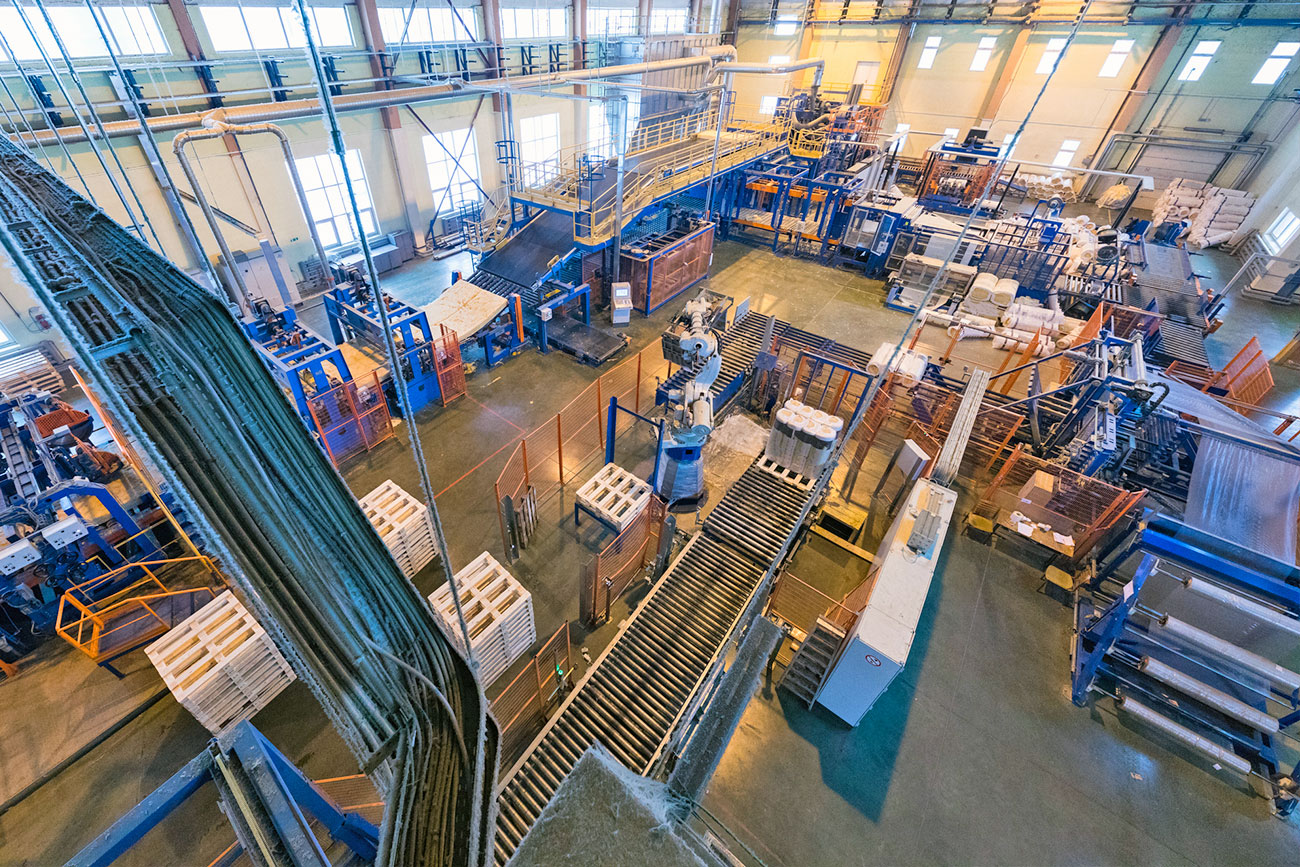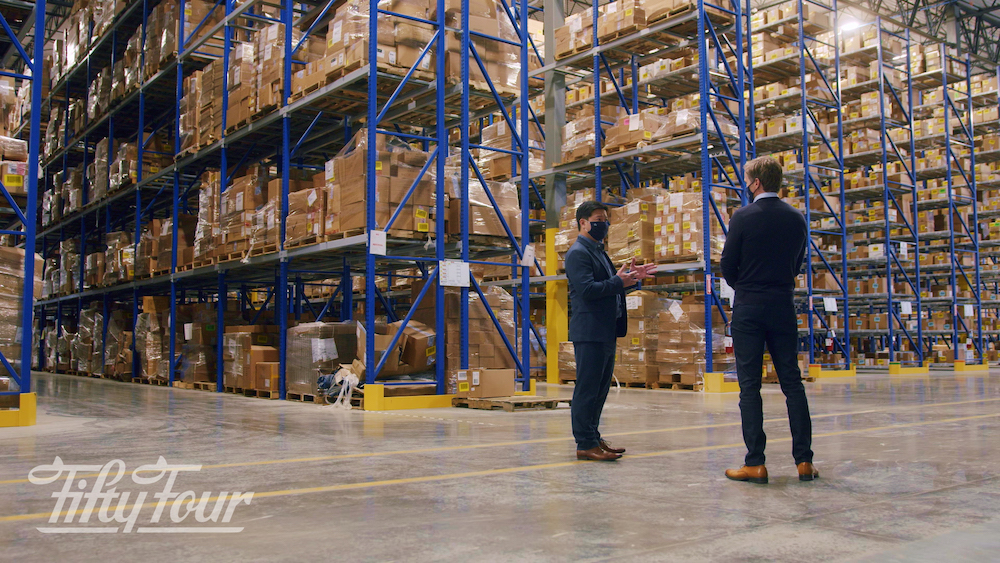
It’s time to reflect on the year just passed and make plans for getting the most out of the one that’s coming. For those of us in the material handling and warehouse industry, our reflections may follow a certain path and answer some important questions.
- How can I summarize my company’s last year? You may not be much of a writer, but perhaps you can get a small group of your key personnel to contribute a positive item they experienced in the company, as well as a critique of something that can be improved. You may end up with a list that provides a blueprint for some improvements in efficiency and productivity going forward.
- Where did my company spend a majority of its time and expense? Sometimes when you are in the thick of it, you can’t see the details as much as you’d like. Now is a time to dust off last year’s goals and projects and see exactly where things stand. Are you spending too much time and energy on something that just isn’t working? Is something else equally as important languishing due to lack of attention?
- Speaking of goals, are the ones you set at the beginning of 2022 realistic and still relevant? Throughout the year, things probably happened – such as the necessity of purchasing a new forklift – that threw your goals off kilter. Review them to make sure they were as ROI-focused as they needed to be so you can use that guidance for this year.
- What can I do to take advantage of industry advances and challenges to set – and surpass – my goals for 2023?
If you can gather the information from the above questions and apply them to your next year, you may come up with a surprisingly fresh – and doable – list for the New Year. That’s reason to celebrate!
If you are in the material handling and distribution or fulfillment center business, then your warehouse operations are at the heart of the matter. You may be facing challenges such as workforce shortages, inflation, safety concerns and the always popular inventory issues. Let’s break that down, as well as provide some insight into warehouse best practices and how they can help you achieve your goals for 2023.

Warehouse Management
At the root of all warehouse issues lies warehouse management. It’s a huge field that encompasses everything that is good and bad about your operation and the challenges we all face in the industry. Without a warehouse operation that runs like a well-oiled machine, you will be facing many issues individually and putting out small (and large) fires constantly. When you add up the multitude of smaller problems that come from a warehouse that’s not performing like it should, you end up with a major problem that affects everything from labor to inventory.
What is Warehouse Management?
In a nutshell, good warehouse management consists of using intralogistics to your advantage. That’s a big word in our industry in recent years. Intralogistics can be broken down into several easier to chew ideas that we are all familiar with, including:
- Optimization – making the best and highest possible use of a resource
- Integration – bringing together various parts to function as one
- Automation – technology that operates with minimal to no human intervention
- Logistics – managing the movement of resources from one place to another
When you put all of these ideas together, you can see the picture of how a complex operation, such as managing a warehouse, comes together under one umbrella. Can you play the old match game and pick which one of these can address some of our common issues? It looks like this:
- Labor shortages – Automation
- Inflation – Optimization
- Safety concerns – Automation
- Inventory – Integration, Automation and Optimization
You may notice that logistics is not in the list. That’s because logistics is the overall management of all of your warehouse functions – the big cheese, you might say. Managing the connected flow of everything from the tangible (products and goods) to the intangible (vital information and communications) falls under the banner of logistics.
A well-functioning warehouse management system incorporates all components of intralogistics and puts them at your fingertips in an easy to understand and control manner. Used correctly and with professional advice, a warehouse management system can turn your material handling and DC warehouse operations into the well-oiled machine you need.
Now, let’s talk about some warehouse best practices you can incorporate into your warehouse for 2023.
2023 Warehouse Best Practices
There are numerous ways you can improve your material handling and DC warehouse. And it’s never going to be a one-act play, realistically. The industry will always have new challenges and the re-emergence of old ones to deal with as time passes. However, you can set yourself up for success by implementing some warehouse best practices that will enable you to face and handle any disruptions with a minimum of disturbance. Let’s take a look.
Warehouse Flow
We put this one at the top because it’s so vital to how your company faces challenges and issues. The symptoms of a poorly-designed warehouse flow include not taking advantage of all available storage space (floor and vertical), hard to access racks and pallets, workers who spend too much time hunting for items and major inventory issues. That’s just a few. The solution is to implement a warehouse flow that makes sense for your products and space. Find a warehouse professional that can help you put an end to the nightmares a poorly-utilized warehouse brings.
Managing Labor
For far too many of us, finding and retaining good employees is a constant struggle. If you are using your key workers in roles that could be better performed with less error and chances for injury with automation, you are setting yourself up for an ongoing issue. Is automation expensive? It can be. However, incorporating it now at your financial pace will pay huge dividends in the future. If your competition is putting good employees in critical roles that call for human intelligence and that lessen the chance of a repetitive injury, it’s likely that the person looking for a job will choose them over you.
Unnecessary Procedures
Over time, you’ve probably found yourself incorporating new policies and procedures to handle the mistakes your warehouse staff is making, especially when it comes to inventory and newer, more challenging processes, such as returns. Now, it seems that workers are performing an impossible number of redundant steps to try and ensure things are done correctly. When many hands touch the same item, the possibility of error increases exponentially. Even a simple automation process, such as instigating barcode technology, can have a major impact on your efficiency and productivity.
Inventory
We left the best for last. Inventory is the largest and most time consuming process in our industry. We have warehouses full of stuff and it all has to be counted. If you haven’t already switched to, at the very least, a WMS that automates your inventory, we hate to tell you but you are way behind your competitors. But you already know this. Inventory management that is presented in real time and is always in process has been a boon to many companies.
As you move your company forward into the New Year, you owe it to yourself to explore and take advantage of innovation that can help you move your warehouse practices into the Best category.
Find Affordable Warehouse Best Practices Today
At 54 Intralogistics, our philosophy about your warehouse is in our name. We have professionals around the country standing by to help you find what we call your warehouse MaxOP – maximum operating potential. Let us help you experience what intralogistics can mean to you and your material handling and DC warehouse operations. Get in touch today!
